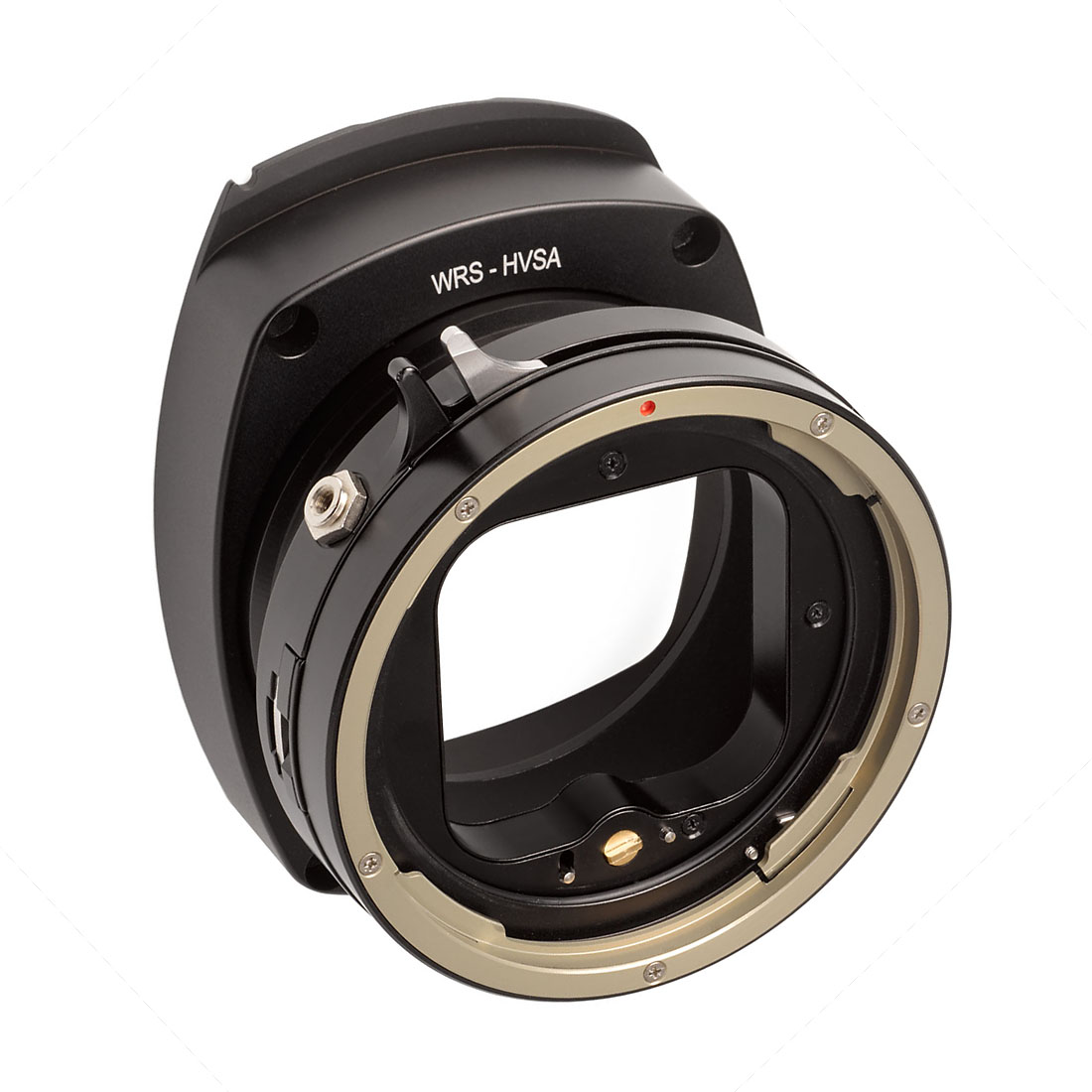Here's a tripod-mounted comparison of the same outdoor scene at f/8, ISO 100-200 between:
907x-50c + XCD 80/1.9 @ f/8
vs.
IQ4 + 100/3.5 CF @ f/8
and
907x-50c + XCD 135/2.8 + 1.7xTC (230/4.8) @ f/8
vs.
IQ4 + 250/5.6 SA CF @ f/8
Captured in RAW, auto-adjusted in C1 and PS and converted to highest quality JPGs. Complete, full-resolution files:
907x-50c + XCD 80/1.9 @ f/8: https://www.dropbox.com/s/5jybqhwis7fndks/907 + XCD 80 + CFV-II-50c 1-500s, ISO200.jpg?dl=0
IQ4 + 100/3.5 CF @ f/8: https://www.dropbox.com/s/klydaal8hepkxcl/ALPA TC + 100 CF + IQ4 1-700s, ISO200 P0003169.jpg?dl=0
907x-50c + XCD 135/2.8 + 1.7xTC (230/4.8) @ f/8: https://www.dropbox.com/s/c83k8acexeu5ug3/907 + XCD 135 + 1.7xTC + CFV-II-50c 1-640s, ISO200.jpg?dl=0
IQ4 + 250/5.6 SA CF @ f/8: https://www.dropbox.com/s/mezney9342b8b74/ALPA TC + 250 CF SA + IQ4 1-700s, ISO100 P0003158.jpg?dl=0
You can see that each pair of images covers approximately the same field of view. Here's the uncropped scene from the 100/3.5:

And here are 2600-pixel wide crops from mid-field (~1/3 to 2/5 of the frame width from the edge):
907x-50c + XCD 80/1.9 @ f/8:

IQ4 + 100/3.5 CF @ f/8:

907x-50c + XCD 135/2.8 + 1.7xTC (230/4.8) @ f/8:

IQ4 + 250/5.6 SA CF @ f/8 (yes, that's a jet in the distance photobombing my test shot):

Both cameras and lenses can take excellent photos under these conditions.
In terms of lenses, the decades-old Hasselblad V 100/3.5 and 250/5.6 superachromatic are outstanding performers. In general, XCD lenses are sharper, more contrasty (and more auto-focus-y than the V lenses, but these two V lenses are considered among the very best of the V lineup, and it shows. Both XCD lenses are also outstanding, though I was surprised to see noticeable CA from the 80/1.9 at f/8. The XCD 135+1.7x TC performs like a premium 230-mm prime lens. Purely on image quality I would rate the 250/5.6 SA as the most optically impressive lens of this excellent bunch, because it is virtually free of any color fringing even in this very high-contrast scene, and captures a stunning amount of detail edge-to-edge. Of course if you need autofocus, none of that will help you.
than the V lenses, but these two V lenses are considered among the very best of the V lineup, and it shows. Both XCD lenses are also outstanding, though I was surprised to see noticeable CA from the 80/1.9 at f/8. The XCD 135+1.7x TC performs like a premium 230-mm prime lens. Purely on image quality I would rate the 250/5.6 SA as the most optically impressive lens of this excellent bunch, because it is virtually free of any color fringing even in this very high-contrast scene, and captures a stunning amount of detail edge-to-edge. Of course if you need autofocus, none of that will help you.
When examining the 100% crops, the 3x higher resolution of the IQ4's 151-MP IMX411 sensor is apparent, as well as the higher light sensitivity of its BSI architecture, with the IQ4 needing 1/2 to 1 stop of less shutter-open time or lower ISO to achieve the same overall exposure.
The substantial performance benefits of the IMX411 BSI sensor in terms of light sensitivity and detail capture is a reminder that a 44x33 mm IMX461 sensor, the cropped version of the 54x40 mm IMX411 sensor, in a future CFV-III-100c would offer a very nice step-up in image quality (hint hint, Hasselblad!).
Overall, kudos to Hasselblad for more than half a century of outstanding lenses and cameras, and to Phase One's IQ4 back for continuing to offer a sensor of unparalleled image quality.
907x-50c + XCD 80/1.9 @ f/8
vs.
IQ4 + 100/3.5 CF @ f/8
and
907x-50c + XCD 135/2.8 + 1.7xTC (230/4.8) @ f/8
vs.
IQ4 + 250/5.6 SA CF @ f/8
Captured in RAW, auto-adjusted in C1 and PS and converted to highest quality JPGs. Complete, full-resolution files:
907x-50c + XCD 80/1.9 @ f/8: https://www.dropbox.com/s/5jybqhwis7fndks/907 + XCD 80 + CFV-II-50c 1-500s, ISO200.jpg?dl=0
IQ4 + 100/3.5 CF @ f/8: https://www.dropbox.com/s/klydaal8hepkxcl/ALPA TC + 100 CF + IQ4 1-700s, ISO200 P0003169.jpg?dl=0
907x-50c + XCD 135/2.8 + 1.7xTC (230/4.8) @ f/8: https://www.dropbox.com/s/c83k8acexeu5ug3/907 + XCD 135 + 1.7xTC + CFV-II-50c 1-640s, ISO200.jpg?dl=0
IQ4 + 250/5.6 SA CF @ f/8: https://www.dropbox.com/s/mezney9342b8b74/ALPA TC + 250 CF SA + IQ4 1-700s, ISO100 P0003158.jpg?dl=0
You can see that each pair of images covers approximately the same field of view. Here's the uncropped scene from the 100/3.5:

And here are 2600-pixel wide crops from mid-field (~1/3 to 2/5 of the frame width from the edge):
907x-50c + XCD 80/1.9 @ f/8:

IQ4 + 100/3.5 CF @ f/8:

907x-50c + XCD 135/2.8 + 1.7xTC (230/4.8) @ f/8:

IQ4 + 250/5.6 SA CF @ f/8 (yes, that's a jet in the distance photobombing my test shot):

Both cameras and lenses can take excellent photos under these conditions.
In terms of lenses, the decades-old Hasselblad V 100/3.5 and 250/5.6 superachromatic are outstanding performers. In general, XCD lenses are sharper, more contrasty (and more auto-focus-y
When examining the 100% crops, the 3x higher resolution of the IQ4's 151-MP IMX411 sensor is apparent, as well as the higher light sensitivity of its BSI architecture, with the IQ4 needing 1/2 to 1 stop of less shutter-open time or lower ISO to achieve the same overall exposure.
The substantial performance benefits of the IMX411 BSI sensor in terms of light sensitivity and detail capture is a reminder that a 44x33 mm IMX461 sensor, the cropped version of the 54x40 mm IMX411 sensor, in a future CFV-III-100c would offer a very nice step-up in image quality (hint hint, Hasselblad!).
Overall, kudos to Hasselblad for more than half a century of outstanding lenses and cameras, and to Phase One's IQ4 back for continuing to offer a sensor of unparalleled image quality.
Last edited:



